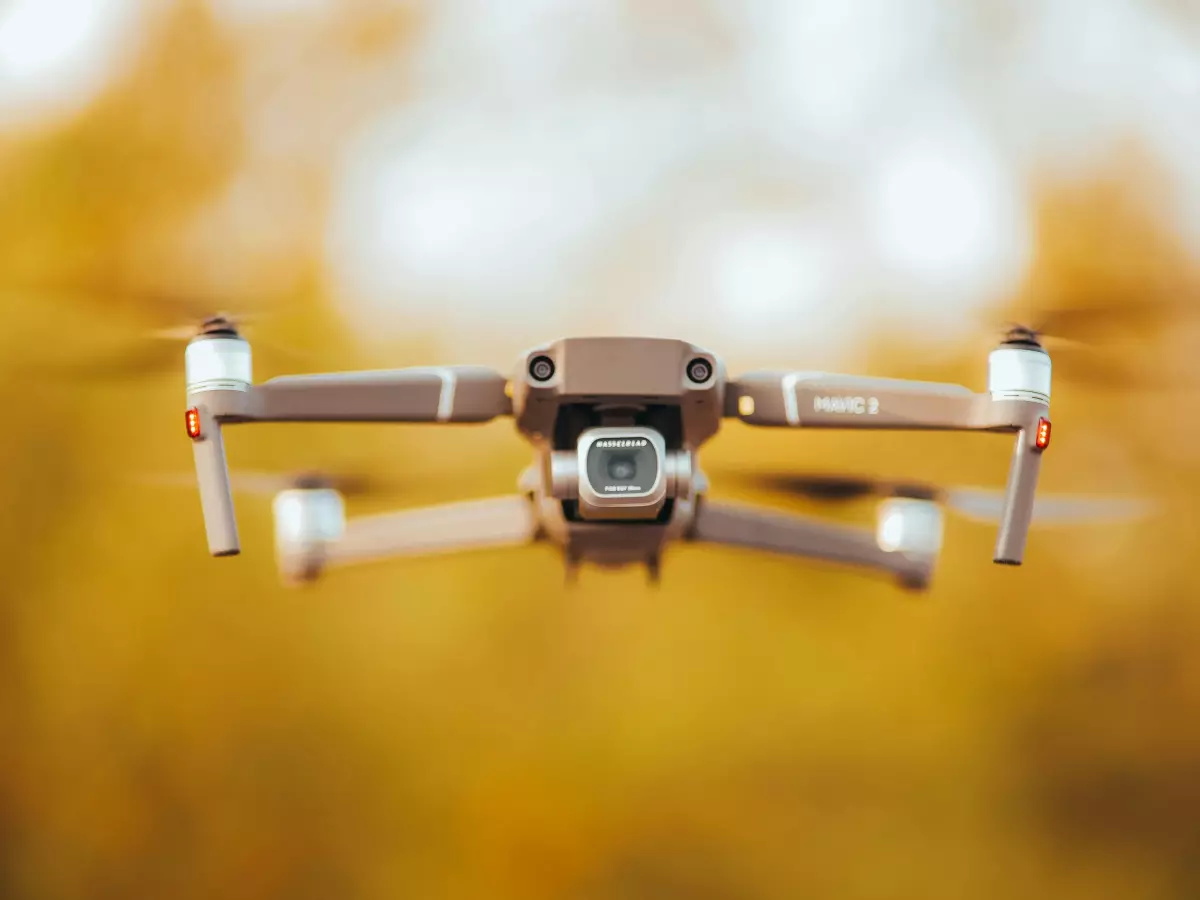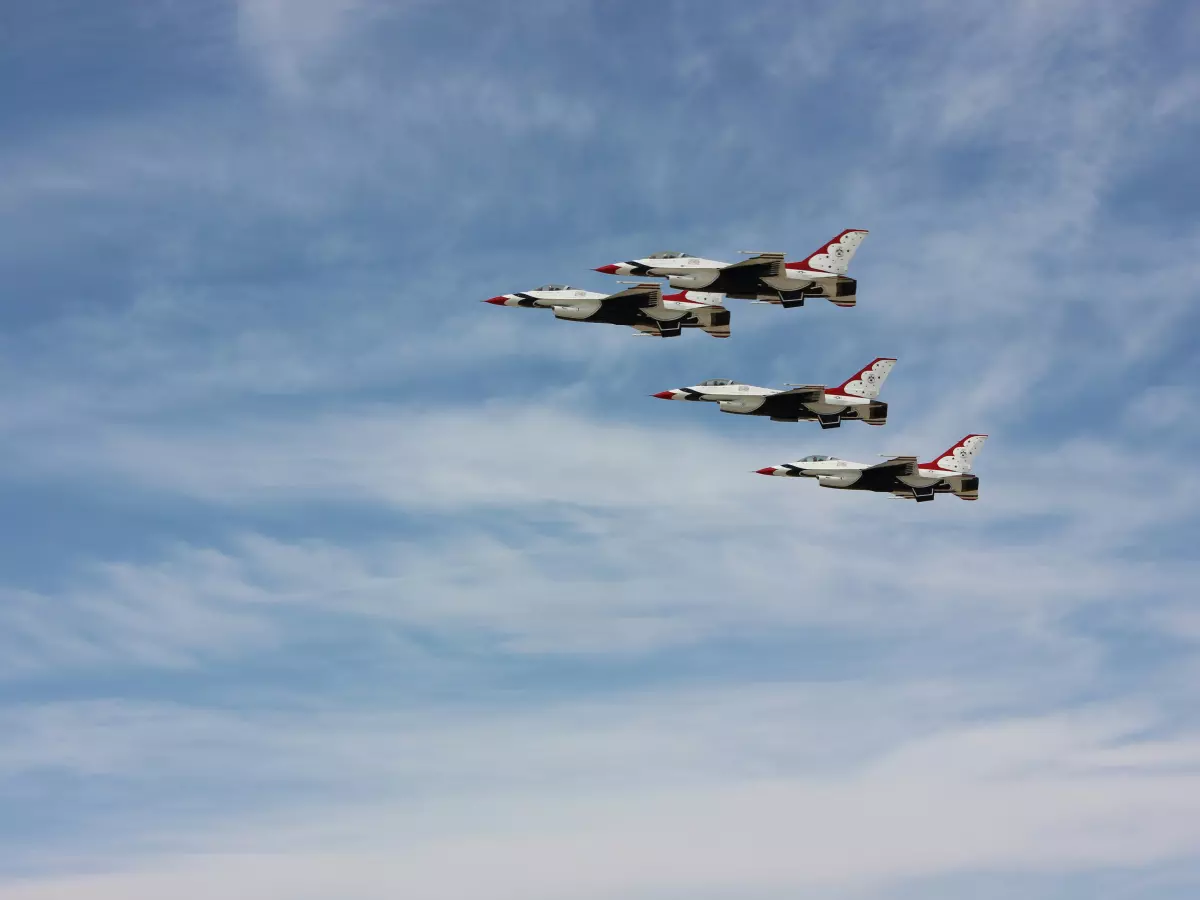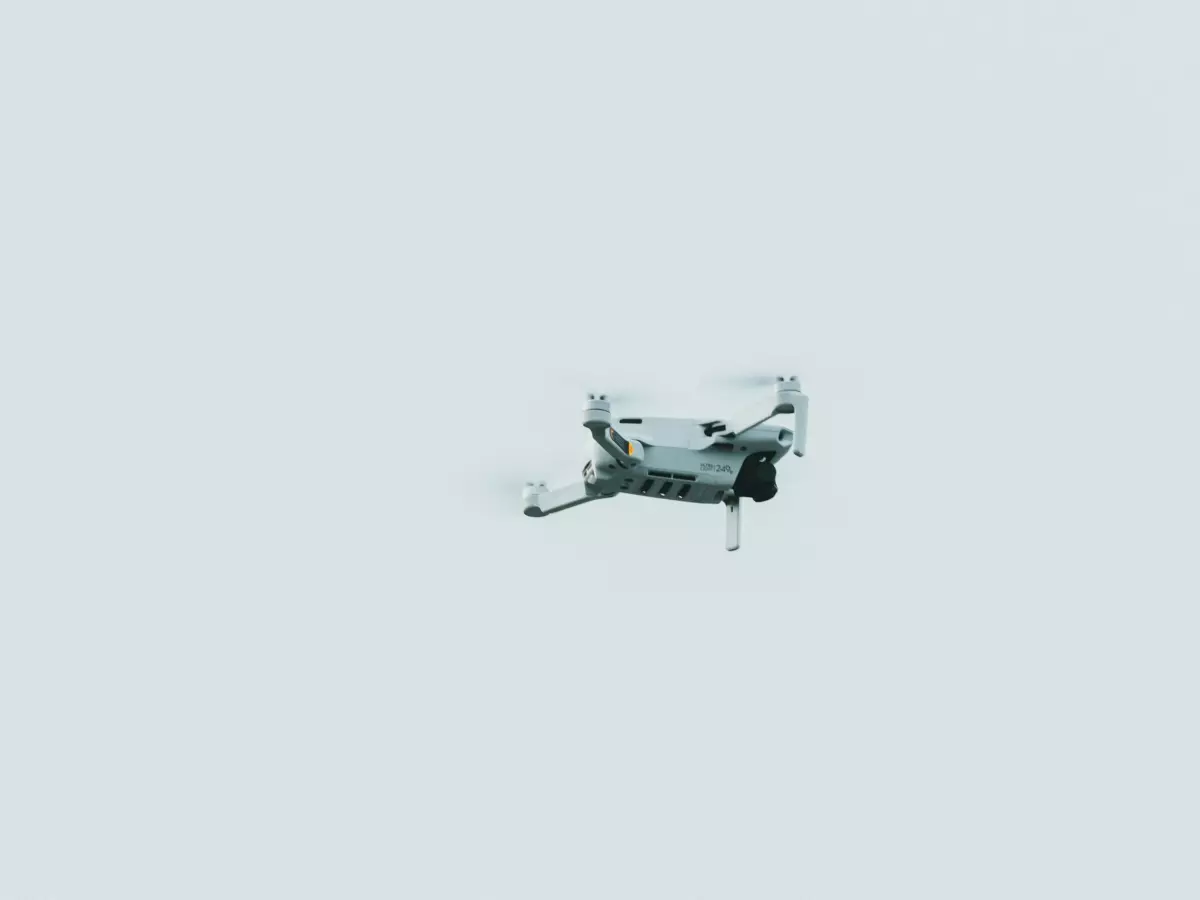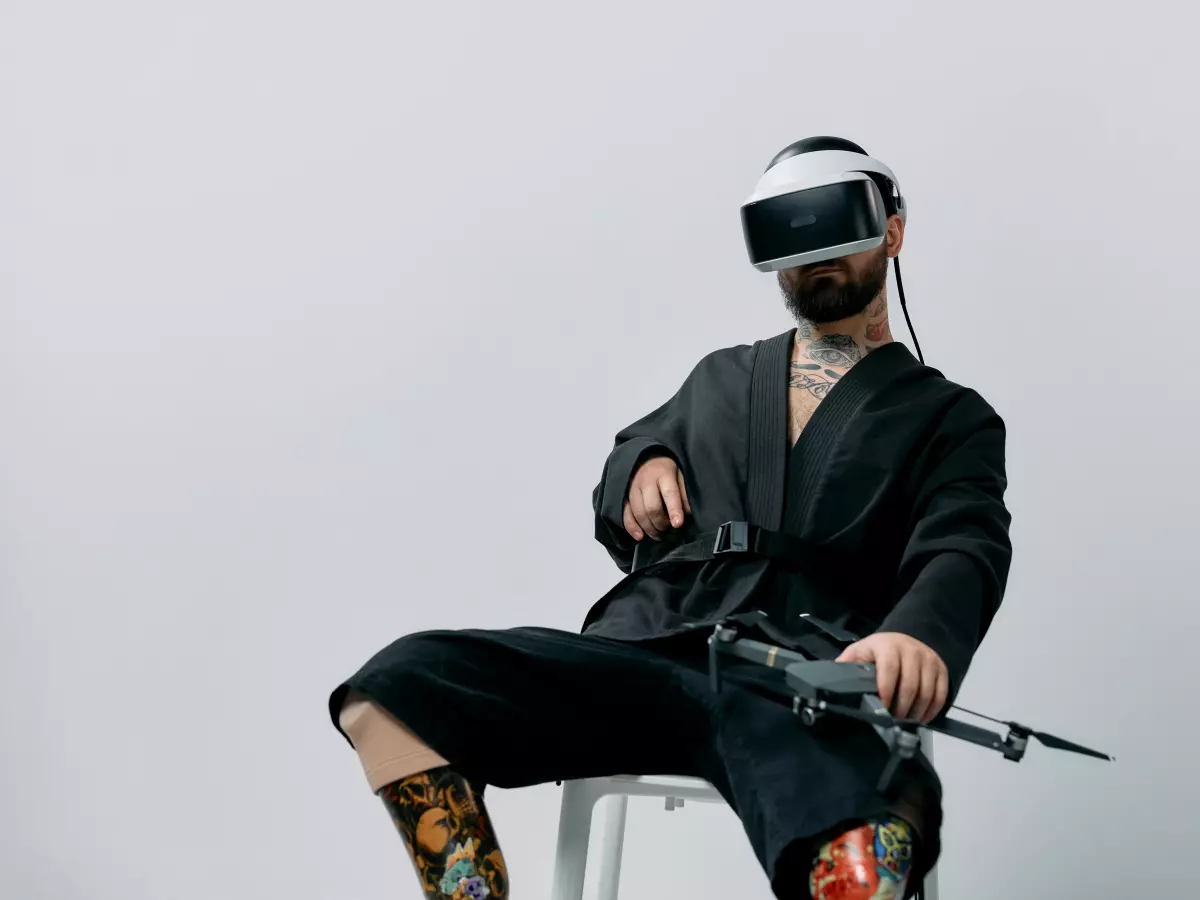Brains in the Sky
Imagine a drone as a symphony orchestra, where flight control software is the conductor, sensor fusion is the sheet music, and autonomy is the soloist improvising on the fly. Together, they create a harmonious performance that feels effortless, but behind the scenes, it's a complex dance of technology.

By Dylan Cooper
Let's face it: drones are no longer just fancy toys for hobbyists or tools for aerial photography. They're evolving into autonomous machines capable of complex tasks, from package delivery to search and rescue missions. But what makes these flying robots so smart? The answer lies in the intricate relationship between flight control software, sensor fusion, and autonomy. These three components work together like a well-oiled machine—or, more accurately, like the brain, eyes, and instincts of a bird of prey.
Flight control software is the backbone of any drone system. It’s responsible for stabilizing the drone, adjusting its altitude, and ensuring it doesn't crash into a tree (or worse, your neighbor's pool). Think of it as the drone's nervous system, constantly sending signals to the motors and propellers to keep everything balanced. But flight control software isn't just about keeping the drone in the air; it's also about making real-time adjustments based on the environment. This is where sensor fusion comes into play.
Sensor fusion is the process of combining data from multiple sensors—like cameras, GPS, accelerometers, and gyroscopes—to create a more accurate picture of the drone's surroundings. Imagine trying to drive a car with just one eye open. Sure, you could do it, but you'd miss a lot of important details. Sensor fusion opens both eyes, giving the drone a full 360-degree view of the world. It’s like giving the drone superpowers, allowing it to 'see' and 'feel' its environment in ways that a human pilot never could.
But here's where things get really interesting: autonomy. Autonomy is what allows drones to make decisions on their own, without human intervention. It's like giving the drone a brain of its own. The flight control software and sensor fusion systems feed data into this brain, allowing the drone to navigate complex environments, avoid obstacles, and even complete missions without needing a human pilot to guide it every step of the way. We're talking about drones that can fly through forests, dodge buildings, and even land themselves on moving platforms. It's the stuff of science fiction, but it's happening right now.
So, how do these three elements—flight control software, sensor fusion, and autonomy—work together to create the ultimate drone system? It all comes down to communication. The flight control software constantly monitors the drone's position and speed, while the sensor fusion system provides real-time data about the environment. The autonomy system then takes this information and makes decisions about where to go and what to do next. It's like a three-way conversation, with each system playing a crucial role in keeping the drone flying smoothly and safely.
But here's the big question: Are we heading toward a future where drones are fully autonomous, or will human pilots always have a role to play? While we're not quite at the point where drones can replace human pilots entirely, we're getting closer every day. Advances in AI and machine learning are making drones smarter and more capable of handling complex tasks on their own. However, there will always be situations where human judgment is needed—at least for now.
In the end, the future of drones lies in the seamless integration of flight control software, sensor fusion, and autonomy. These systems are the building blocks of the next generation of drones, capable of performing tasks that were once thought impossible. Whether you're a drone enthusiast, a tech professional, or just someone curious about the future of flying robots, it's an exciting time to be paying attention.
So, what do you think? Are we on the verge of a drone revolution, or is there still a long way to go before drones can truly fly solo?





